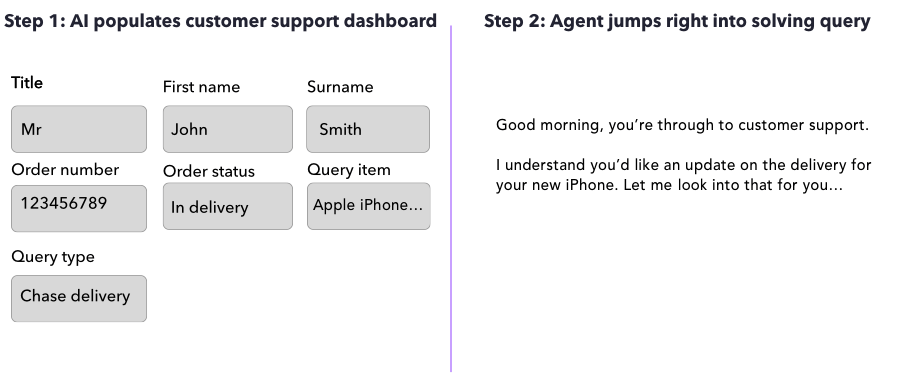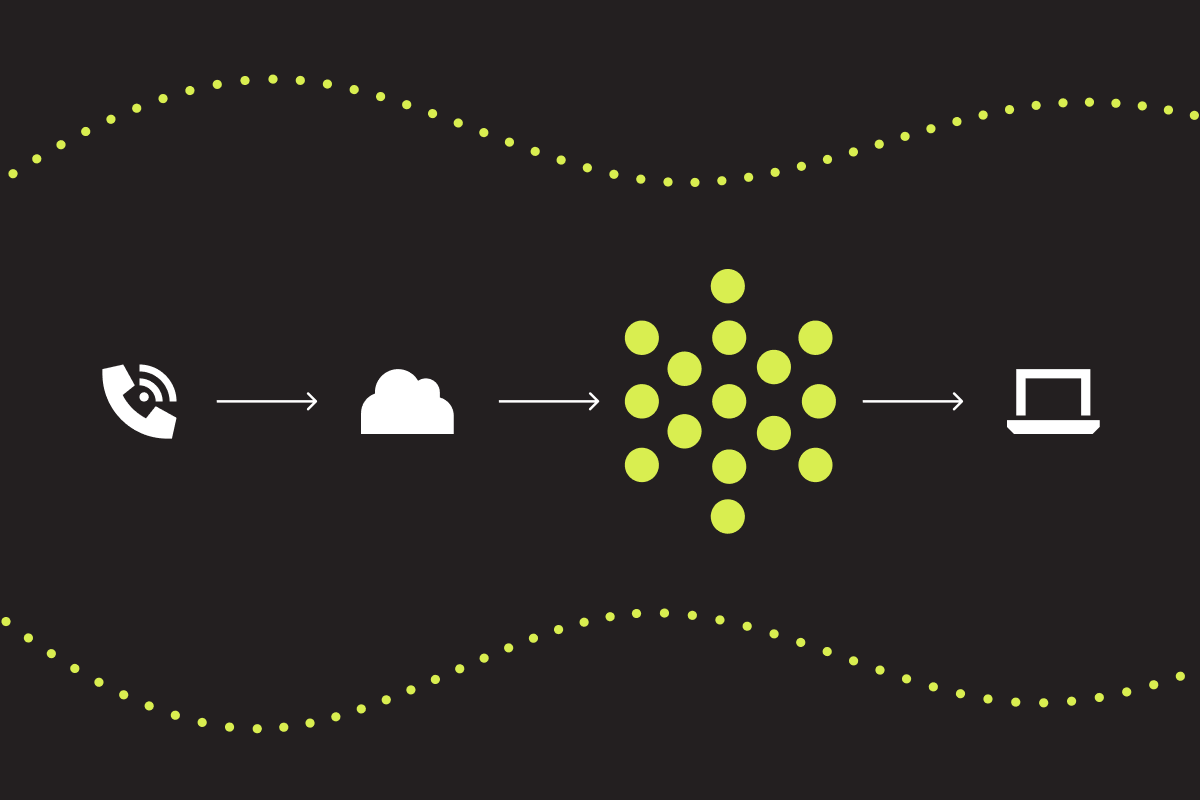Buying physical products from a distance comes with risks. Customers want to know everything from how the product is made or sourced, to how it’s going to be delivered, to how they can send it back if it doesn’t meet their expectations. And while your company has processes in place to manage all aspects of the purchasing journey, it’s by no means uncommon for things to go wrong. Deliveries are missed, or go missing; items arrive damaged or faulty; e-commerce platforms experience downtime – the obstacles customers come up against are endless.
There was a time when excellent customer service was a novelty. Remember when online retailer, Zappos, was the shining star of customer service, doing any number of good deeds for their customers? And while some companies like Zappos still rely on customer service as their main gimmick, there’s no doubt that the bar has risen across the board. With so much competition, businesses can’t risk offering sub-optimal customer support when Amazon can solve customer problems in just a few clicks.
In this post, we’re going to share some of the ideas and use cases we’ve been exploring for using AI in e-commerce customer service, based on conversations we’ve been having with contact centers and large online retailers.
Integrating customer service into your sales funnel
User experience and growth teams have long been employing conversion rate optimisation (CRO) techniques to remove the barriers preventing customers from completing purchases.
Many companies are now using live chat to communicate with customers during the sales process. You’re probably used to incessant Ichat pop-ups whenever you’re browsing. You might have even tried talking with one, or even tried making one yourself.
While live chat can be incredibly useful in providing customers with the information they need to commit to making a purchase, they don’t allow people to communicate in a natural way, which can result in customers being more frustrated than they were before they asked for help.
Using conversational AI, you can create virtual agents that are able to understand complex customer queries, and match them to responses in your knowledge bases, FAQs, or based on previous conversations your CS team have had with customers. These virtual agents can communicate via text or chat, so they can easily be rolled out across the channels your customers want to use. By allowing AI to deal with the simple stuff, you can free up your CS team to speak with customers who require a little more coaxing, without making them wait.
Tech & product support
Depending on the products you sell, you may be getting huge amounts of queries along the lines of, ‘so and so product isn’t working’. If these kind of questions come in regularly, you probably have a process in place that allows your CS team to diagnose and solve technical issues.
In most cases, this type of interaction will be a simple back and forth:
Agent: ‘Can you do X?’
Customer: ‘OK, done it.’
Agent: ‘Great, now can you do Y?’
This type of interaction is prime for automation. AI can easily follow the diagnostic process and understand what customers are saying, regardless of the wording they use to say it.
With conversational AI, the customer has the freedom to speak naturally, but the company has the control of the virtual agent, so you can ensure consistent responses based on the customer’s intent.
Chasing orders and deliveries
Customers wanting updates on their orders and deliveries is by far one of the most common queries we get asked about; and it’s actually a pretty straightforward type of query to automate.
Integrating AI agents with your delivery partners’ technology, and your company CRM means AI agents can act as a go between, getting updates and returning them to customers – saving human agents from wasting time switching between multiple screens and systems.
AI agents can also identify the customer and verify that they are who they say they are. For more on this, check out our detailed post on Identification and Verification.
Human handoff
Using AI agents as your tier 1 support means that your human agents can focus on the more complex, high-value and emotional conversations. But it also means that the pre-qualifying of the customer and their issues is all done before the human agent gets on the call, making it much more likely that the customer will speak to the right agent who can help them, and significantly reducing average handling time.

With access to this information, the agents can dive into the problem right away, armed with information about the issue, what the customer is expecting and any information relating to their account or order.
Customer service that scales with you
While human agents will continue to play an important role in great customer service, they are still much more difficult to scale than AI is.
Our AI agents can handle innumerable conversations simultaneously, and can easily be ported into different languages. So whether you’re launching in a new country, growing fast, or struggling with seasonal demand, our AI agents can scale up (and down!) as your company does.
If you’d like to learn more about using conversational AI in e-commerce, get in touch with PolyAI today.




